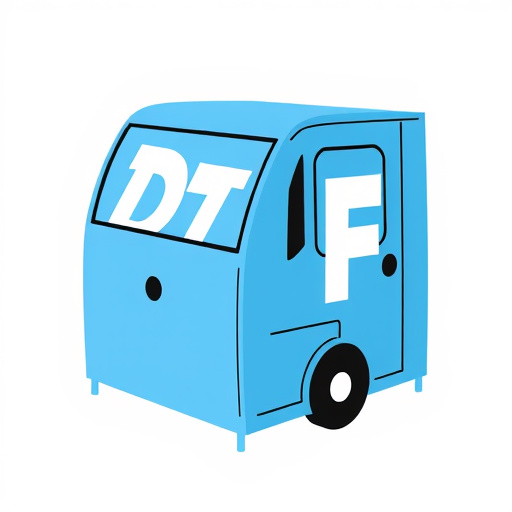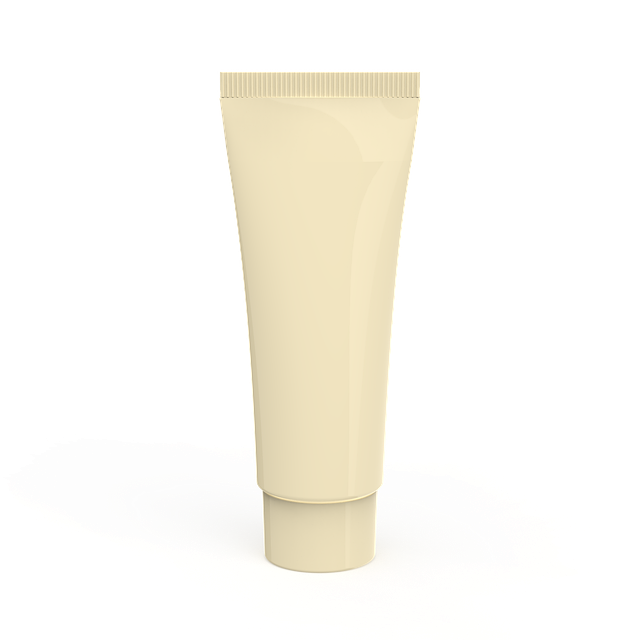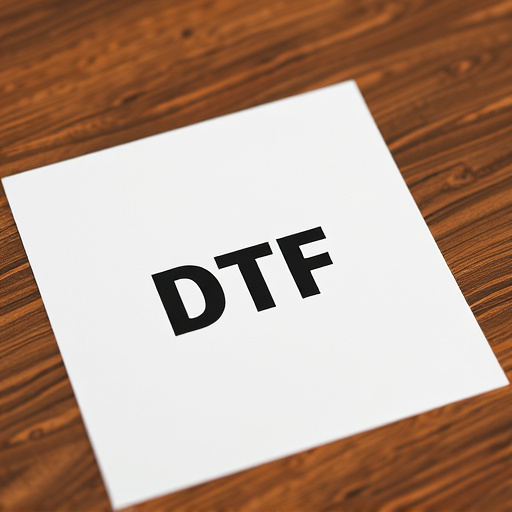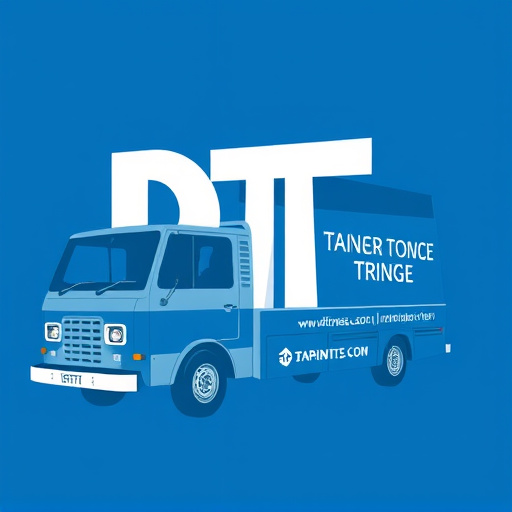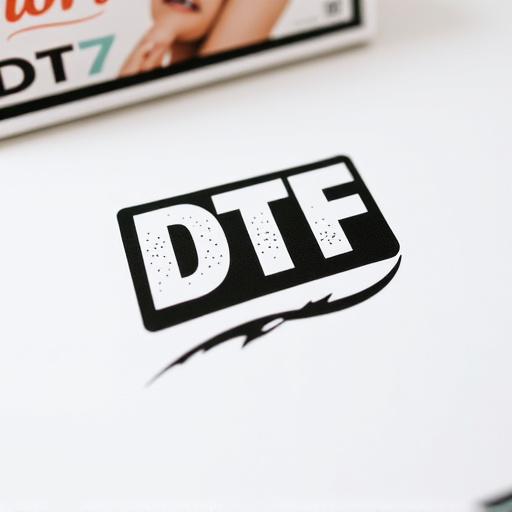Direct-to-Film (DTF) transfer technology is an advanced printing method that allows for high-quality, precise printing directly onto various film materials. This innovative process eliminates traditional steps like film masking, enhancing efficiency and durability in applications such as outdoor signage, packaging, and textiles. DTF printers use inkjet technology to deposit controlled pigments directly onto films, ensuring superior image quality. Ideal for demanding industries requiring high visibility and weather resistance, DTF transfers offer versatility from billboards to custom packaging and artistic prints. Leading companies in this field are continuously improving standards through digital transformation, enhanced ink formulas, and creative application methods. DTF printing's benefits include customization, rapid production, and consistent results, making it attractive for fashion, sportswear, and promotional merchandise sectors. Case studies show successful DTF implementations across diverse industries, with positive customer reviews highlighting reliable specialists for high-quality DTF prints. The future of DTF looks bright, featuring advanced resolutions, complex designs, integrated printing techniques, and sustainable practices.
In today’s dynamic market, direct-to-film (DTF) transfer production is revolutionizing how businesses create and deliver customized prints. This cutting-edge technology allows for precise, high-quality imaging directly onto various materials, offering unparalleled efficiency gains compared to traditional methods. From vibrant apparel designs to intricate product branding, DTF printing is transforming industries. This article explores the leading businesses specializing in DTF transfer production, its benefits, successful applications, and future trends shaping this game-changing technology.
- Understanding Direct-to-Film Transfer (DTF) Technology
- Top Businesses Innovating DTF Transfer Production
- The Benefits of DTF Printing for Customization and Efficiency
- Case Studies: Successful DTF Projects Across Industries
- Choosing the Right DTF Service Provider: Key Considerations
- Future Trends in DTF Transfer and Its Impact on Design
Understanding Direct-to-Film Transfer (DTF) Technology
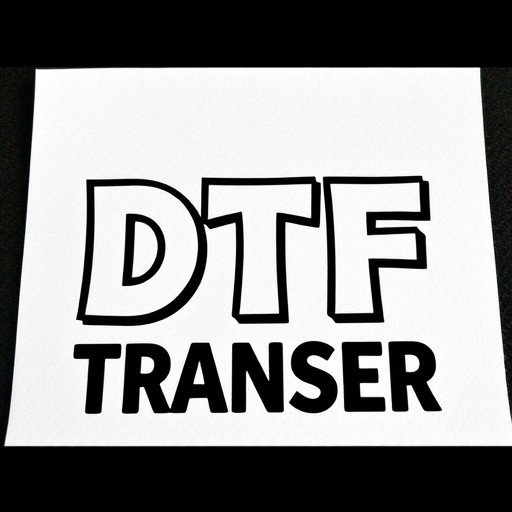
Direct-to-Film (DTF) Transfer technology is a cutting-edge process that allows for precise and high-quality printing directly onto various film materials, such as plastic or metal. This innovative method has revolutionized the way businesses create durable, long-lasting prints for outdoor signage, packaging, and even textiles. By eliminating the need for intermediate steps like film masking or plate preparation, DTF Printing offers a faster, more efficient alternative to traditional printing methods.
The process begins with specialized printers that use advanced inkjet technology to deposit precisely controlled amounts of pigment onto the surface of the chosen film. This direct application ensures superior image quality and color accuracy, making DTF Transfers ideal for demanding applications where visibility and durability are paramount. Whether it’s producing eye-catching billboards, custom packaging designs, or even artistic prints, DTF Technology provides businesses with a versatile tool to create visually stunning and weatherproof products.
Top Businesses Innovating DTF Transfer Production
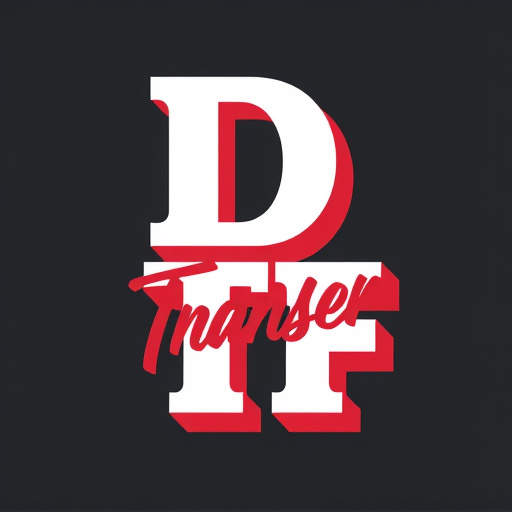
In the realm of direct-to-film (DTF) transfer production, several businesses stand out for their innovations and cutting-edge technologies. These leading companies are revolutionizing the way DTF prints are created, offering advanced solutions that cater to a wide range of industries, from fashion and art to advertising and entertainment. Their expertise lies in developing high-quality, long-lasting DTF transfers, ensuring vibrant and precise prints on various materials.
Many of these top businesses have embraced digital transformation, employing sophisticated software and printers to streamline the production process. They invest heavily in research and development, constantly pushing the boundaries of what’s possible with DTF printing. Their innovations include improved ink formulas that enhance color accuracy and durability, as well as innovative techniques for applying prints directly onto fabrics, metals, and even glass, opening up a world of creative possibilities for designers and manufacturers alike.
The Benefits of DTF Printing for Customization and Efficiency
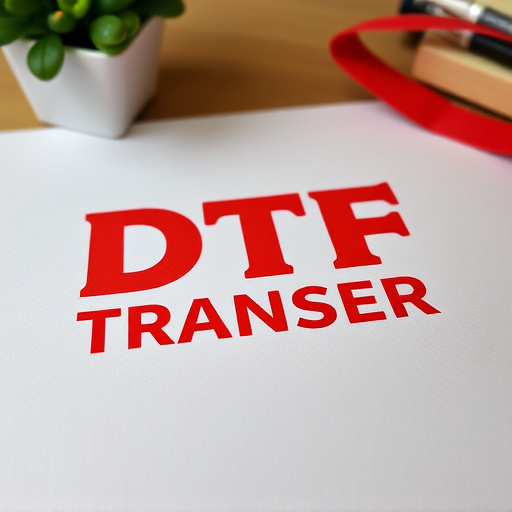
Direct-to-film (DTF) transfer production offers a host of advantages for businesses seeking customization and efficiency in their printing processes. One of its key benefits is the ability to create intricate, personalized designs with ease. DTF Printing allows for direct application of prints onto various materials, enabling companies to offer unique, made-to-order products that cater to individual customer preferences. This level of customization is particularly valuable for markets like fashion, sportswear, and promotional merchandise.
Moreover, DTF technology streamlines production by eliminating the need for complex set-up stages. It can produce high-quality prints at a rapid pace, making it an efficient solution for businesses with tight deadlines. DTF Transfer methods also ensure consistent results across batches, maintaining product quality and brand integrity. This efficiency, coupled with customization capabilities, positions DTF Printing as a powerful tool for businesses aiming to stay competitive in today’s dynamic market.
Case Studies: Successful DTF Projects Across Industries
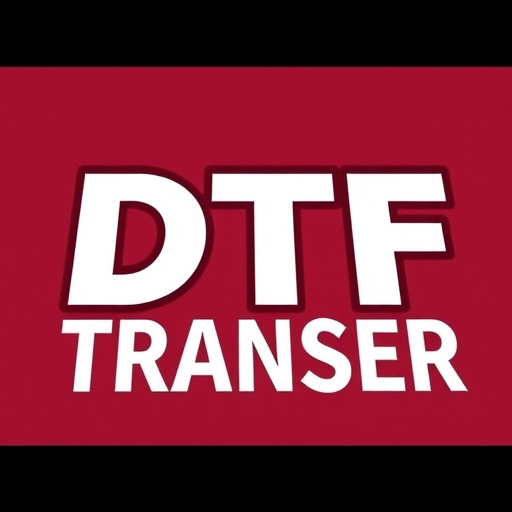
Direct-to-film (DTF) transfer production has proven its versatility and effectiveness across various industries. Case studies highlight successful DTF projects that showcase the technology’s ability to deliver high-quality prints for diverse applications. For instance, in the fashion industry, DTF printing has been instrumental in creating custom patterns and designs on fabric directly from digital files, enabling small businesses to compete with larger manufacturers.
Another notable application is in theme parks and entertainment. DTF transfer production has enabled the creation of intricate, detailed props and accessories, enhancing immersive experiences. From life-like figurines to elaborate backdrops, these projects demand precision and consistency, which DTF technology consistently delivers. This versatility makes DTF an attractive option for businesses seeking innovative ways to bring their creative visions to life.
Choosing the Right DTF Service Provider: Key Considerations
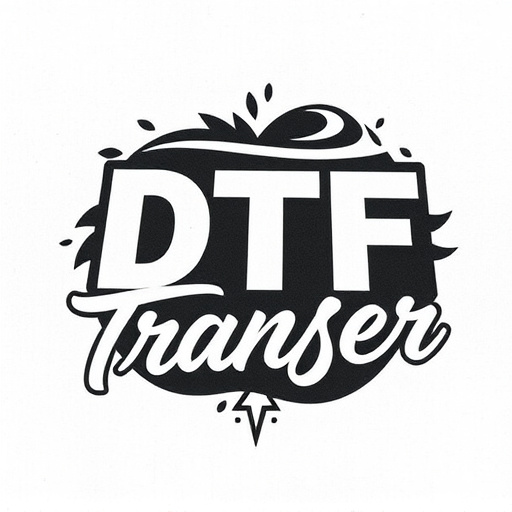
When selecting a direct-to-film (DTF) transfer service provider, several crucial factors come into play to ensure you receive high-quality prints and an exceptional experience. Firstly, consider their expertise and experience in the industry; experienced providers understand the intricacies of DTF printing, ensuring precise and vibrant transfers. Look for businesses that specialize in this technique, as they will have a deep understanding of its capabilities and limitations.
Additionally, the reputation of the service provider is essential. Research their track record, customer reviews, and testimonials to gauge their reliability and the satisfaction levels of previous clients. Reputable DTF transfer specialists should be able to provide case studies or examples of their work, showcasing the quality of their prints and the variety of projects they’ve handled. This ensures you receive consistent results and a service that aligns with your expectations.
Future Trends in DTF Transfer and Its Impact on Design

The future of Direct-to-Film (DTF) transfer production looks promising, with continuous innovations driving advancements in both technology and design. As DTF gains popularity for its versatility and cost-effectiveness, we can expect to see a rise in high-resolution prints and more complex artistic effects. The integration of advanced printing techniques, such as DTG (Direct-to-Garment) and screen printing, will enable the creation of vibrant, intricate designs on various materials, from apparel to home decor. This evolution will not only enhance visual appeal but also open up new possibilities for brands to create unique, personalized products tailored to individual consumer preferences.
Designers are increasingly exploring the potential of DTF Transfer as a creative medium. With the ability to reproduce detailed graphics and photographic images directly onto surfaces, DTF Printing offers endless opportunities for artistic expression. Future trends may include interactive designs that incorporate augmented reality (AR), allowing consumers to engage with products in novel ways. Additionally, sustainable practices are likely to gain traction, with eco-friendly inks and materials becoming more prevalent, ensuring that the environmental impact of DTF production remains a key consideration for forward-thinking businesses.

